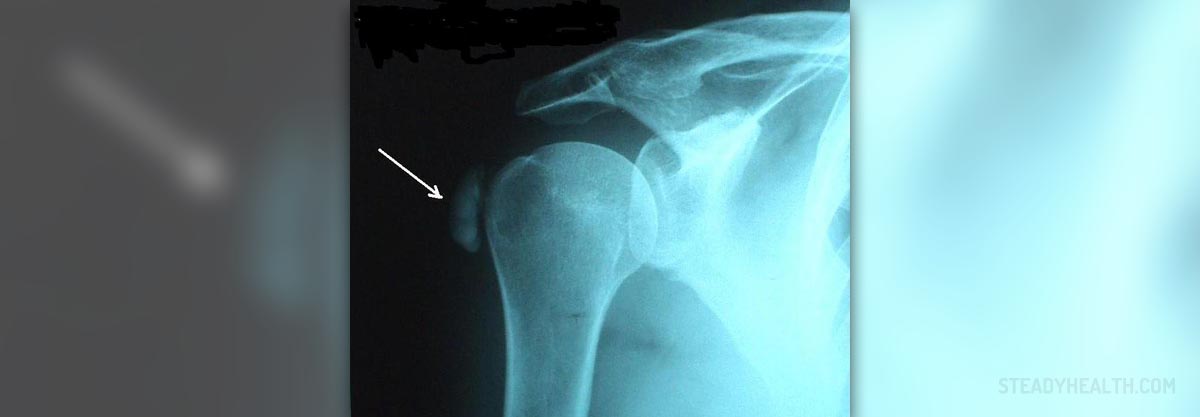
Troublesome and quitepainful
The injury in question certainly falls into the category of those that people try to avoid at all cost. It is brought about once the upper arm ball shaped bone goes out of the place, i.e. out of the socket it is placed in, under normal circumstances. Direct result of this is straining, more seriously in nature tearing of ligaments. Once dislocation takes place, what is essential for the person in question is to preserve the motion range as best and as much as possible. This is best accomplished through stretching exercises, followed by those exercises that enhance the overall strength of the shoulder and that contribute to maintaining the proper joint balance, thus making sure no recurrence of old injuries takes place. In addition, and once the person’s shoulder has picked up a good momentum, physical therapy is highly recommended, for it can protect the person in question from any upcoming injuries and also keep the unwanted pain at bay and away.
Exercises to ward off the pain
Regarded as the most effective ones, among all the exercises specially designed for this purpose, are such as the following:
Shoulder stretches – once the misfortunate event has happened, it is extremely important to stay away from any hard work in the days to come, and avoid at all costs exposing the injured arm/shoulder to any weight, especially excessive one. Once a couple of days have passed, one is advised to start off with mild stretching, aimed at keeping the shoulders flexible and avoiding the stiffness. Regarded as quite beneficial is the exercise in which a person simply and slowly takes the arm and brings it across the chest, cupping the elbow by the other hand and pulling it in towards the chest.Rotator cuff exercise – for those who are not that familiar, rotator cuff refers to a little muscle group that enables the shoulder to rotate the upper arm. When these muscles are in good form, they provide the shoulder joint with a proper amount of strength and are responsible for prevention of any potential shoulder dislocations, as well as a number of various other shoulder related damages. In order to bring this muscle group back in action, one needs a resistance band (piece of surgical tubing can be used as a substitute), strapping one side to a stable and strong object, minding that it is leveled with one’s belly button. Next thing to do is get hold of one side of the band with the hand of the injured shoulder, and rotate the upper arm making the forearm move from across the belly, taking the direction as if you are pointing straight ahead.Another quite effective exercise is also the one performed with the help of dumbbells.


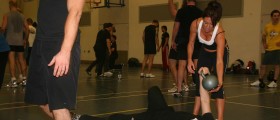
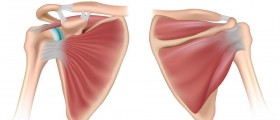
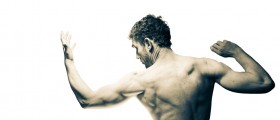
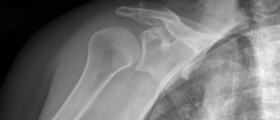
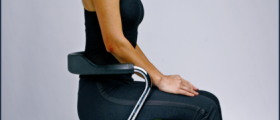

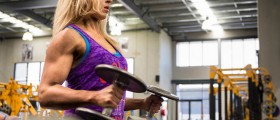

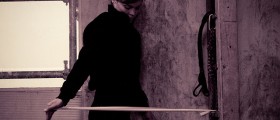
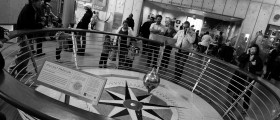


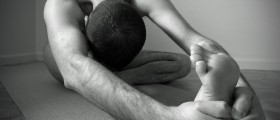


Your thoughts on this
Loading...